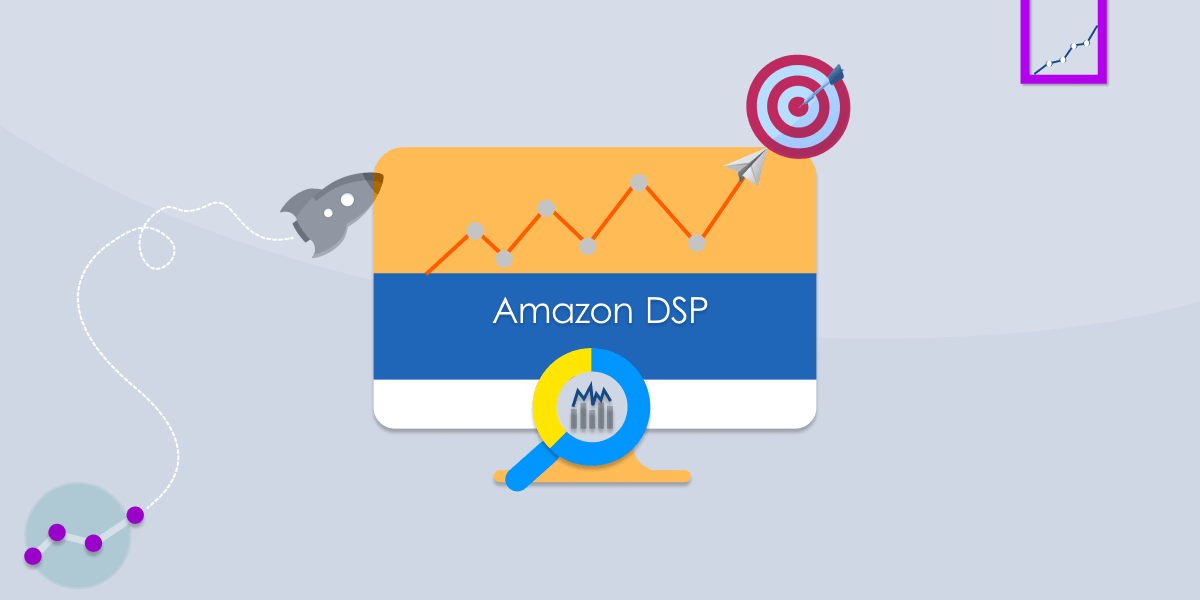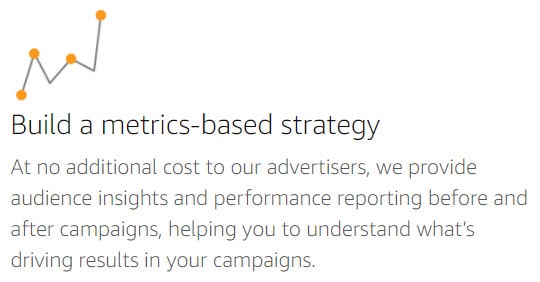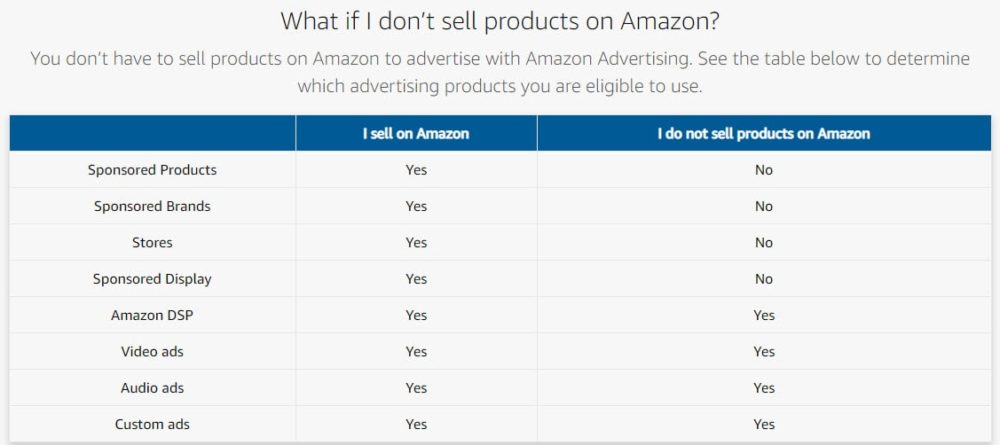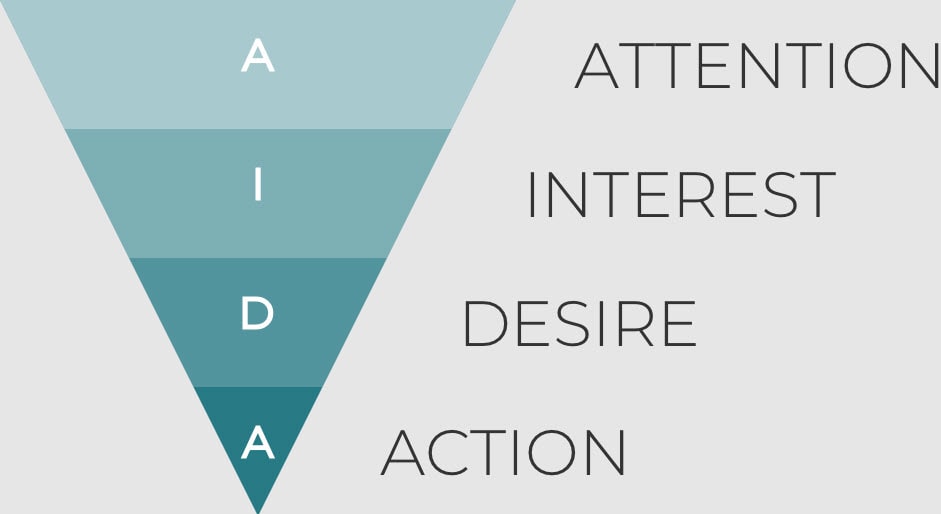
Amazon’s advertising offering is constantly growing, and the Amazon Demand Side Platform, or DSP in short (not to be confused with Delivery Service Providers!), is one of the more extensive networks.
Simply put, the Amazon Advertising Demand Side platform gives advertisers another way of reaching and attracting prospective customers. It does this by allowing advertisers and sellers to buy programmatic ad placements, both video, and display.

Amazon DSP also allows advertisers to observe countless buying patterns and give valuable insights into the customer decision experience, analytics, and performance stats.
This could be your data, that of competitors, or most importantly, insights into your customers and their requirements.
Any aspiring Amazon seller – or an experienced one – understands how vital these insights can be. However, without using Amazon DSP, you won’t get access to this information. DSP is a powerful tool in a seller’s arsenal, presuming they know how to use it.

However, it’s essential to understand what you’re getting from the Amazon DSP platform. Let’s discuss this tool, learn how you can use it, and speak about several benefits it brings.
Amazon Advertising: What Is The Demand Side Platform?
Not all of the advertising features on Amazon are as simple to understand as Sponsored Products or PPC in general. So, what is Amazon’s Demand Side Platform? And why does it exist?

The primary purpose of a Demand Side Platform is to provide a platform for managing multiple ad and data exchange accounts on one interface. While Amazon Advertising has different perks and features, it still follows the standard principle of helping shoppers locate your products and services.
DSPs are perfect for buyers of media or digital advertising inventory. Bids are placed for online advertisement displays. The bidding tool allows marketers using DSP to manage their bids for desired advertisement displays easily.

Online advertising is a competitive environment, with marketers and sellers all jostling for the top spots. Using a DSP can give you an advantage over your competitors.
Amazon Advertising offers extra features along with its DSP. For example, it allows advertisers to build and create cross-device marketing campaigns. Since most customers shop on more than one device, they expect the platform to keep up with their needs.

Amazon’s DSP also provides unique insights into performance stats, customer browsing habits, and more. A key aspect of Amazon’s service is offering these vital pieces of data, allowing a discerning user to piece together a plan of action, like a jigsaw.
Why Choose The DSP Over Amazon’s PPC Advertising Features?
Amazon’s DSP isn’t just for advertising on Amazon. It hosts a selection of high-quality websites in its network that you can target with pinpoint precision thanks to its algorithm.

Traditional PPC advertising, or Pay Per Click, means that the advertiser pays a set fee whenever they receive a click on their advert. However, DSP ads aren’t always clickable.
Amazon advertising splits into two sections, one geared toward PPC, another geared towards Amazon DSP. Even non-Amazon sellers can use these ad platforms.

You pay a Cost Per Thousand displays using the DSP network. Rather than paying per click, you pay for an impression. This means that countless prospective customers could see your advertisement.
Pay per impression ads are designed to reach more people rather than simply generating clicks.
This works well with the “programmatic” part of the DSP. This means that your pricing is based on a dynamic CPM model. The benefit of using a Cost Per Thousand model is that advertisers can automatically change the price of their bids.
In a world where “manual” is often synonymous with “inefficiency,” automation is the cornerstone to a thriving, successful business – especially an online one. Programmatic advertising helps to automate your bidding and ad placing process.
The value of ad placements varies. Competition, inventory, season, and even time of day will affect its value. Having a model set up to automatically adjust the price of your bid frees up an advertiser’s time and energy to focus on other tasks.
A DSP isn’t limited only to Amazon sellers. Non-Amazon sellers can use these tools to reach a wide variety of customers, either on or off the platform.
3 Pitfalls To Avoid When Choosing Whether DSP is Right for You
Amazon’s Demand Side Platform isn’t suitable for everybody. You need resources to get started, and its targeting features are detailed, making it a challenging tool to master.
DSP is aimed at digital advertising inventory buyers and marketers. This tool aims to streamline the bidding process, making it easier for users to get a hold of prime ad spots. It saves money and time and provides vital data for the user to further tweak the buying and selling process.
Amazon sellers can use it to work within a budget or examine the ideal customer’s buying process. A DSP handles the buying funnel, all the way from a customer’s awareness of the product down to their actual purchasing of the product.
However, this is far more than a time-saving tool. To use a DSP effectively will take time and effort. A poorly managed DSP is going to cause more trouble than it’s worth.
It would be best if you thought about certain pitfalls before investing in a DSP, whether on Amazon or elsewhere.
DSP Pitfall #1: Neglecting The Call To Action
Including a call to action is perhaps the simplest and most important part of advertising but one of the most difficult to master. The danger of using a DSP is that you may begin to rely on your tools. The basic principles of advertising aren’t going to change – you need to convince your customer to do something.
What you need from the customer may vary. Perhaps you need them to visit a site, watch a video, buy a product. A DSP is a fantastic tool, but it’s important to remember the call to action in the advertisement.
Otherwise, a customer will feel confused, lacking the motivation to investigate further. They may see your ad, but you won’t close a sale.
DSP Pitfall #2: Stale Or Dull Content
Once again, high-quality tools like DSPs can make a seller lazy. Having your ad placed in the best position on the web won’t help you if your content is boring and uninteresting. Half-hearted or rehashed ads aren’t going to grab a customer’s attention.
Remember, the average consumer sees several ads daily. Yours needs to stand out. The best way to do this is to create a well-made, eye-catching advertisement.
A customer who sees the same ad multiple times is likely to feel irritated rather than compelled to buy. Create a variety of ads.
While a DSP may help you get that prime ad spot, you still need to put in the creativity and effort into making the best use of that placement. .
Amazon Demand Side Platform Pitfall #3: Not Properly Analyzing Data And Results

Amazon Advertising Demand Side Platforms provide its users with fantastic insights and data overviews.
None of this information will do you any good if you don’t review and analyze it.
It’s wise to review the data before, during, and after a campaign. This can help you spot minor issues with your campaign before they become significant problems. Conversely, reviewing the data can help you see what parts of your campaign are doing well.
Both self-service and managed DSP service are good options for different organizations, but you want to ask yourself what goal you are trying to achieve before going full throttle with it.
Is Amazon’s Demand Side Platform Worth Investing In? Remember, Amazon’s DSP is an advertising tool like many others. Its efficacy depends on two things: your target audience and whether the platform matches your audience’s desires.
Never forget the fundamentals of advertising:

- Grab The Customer’s Attention.
- Showcase What You Have To Offer (implementing brand identity and positioning, plus your knowledge of the target audience).
- Include A Call to Action.
- Complete The Buying Experience.
Of course, this is a greatly simplified explanation of the buying and selling process. However, all the tools in the world won’t replace a good buying experience, a solid brand identity, and excellent customer service. Amazon’s DSP is designed to enhance the fundamentals, not replace them.
Think of your selling experience like climbing a mountain. Without the end goal (the mountain), the climbing tool (DSP) is pointless. However, the tool could be just what you need to reach the top.
Services such as Emplicit can help you streamline and organize your selling process. Once you have your selling models and long-term goals planned out, the process becomes much more manageable.

